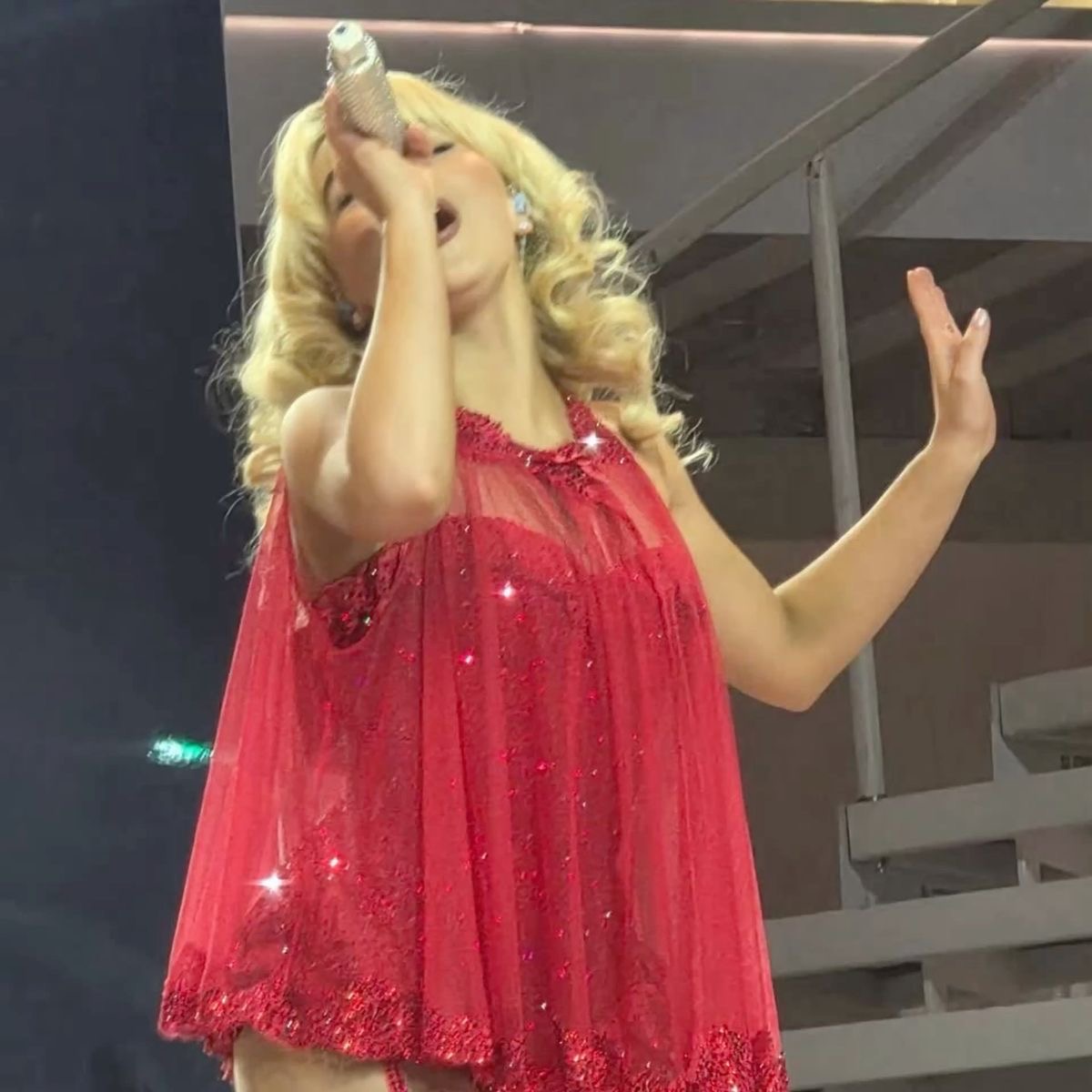tectonic hazards
1/22
Earn XP
Name | Mastery | Learn | Test | Matching | Spaced |
|---|
No study sessions yet.
23 Terms
inner core
solid and dense layer of composed iron and nickle
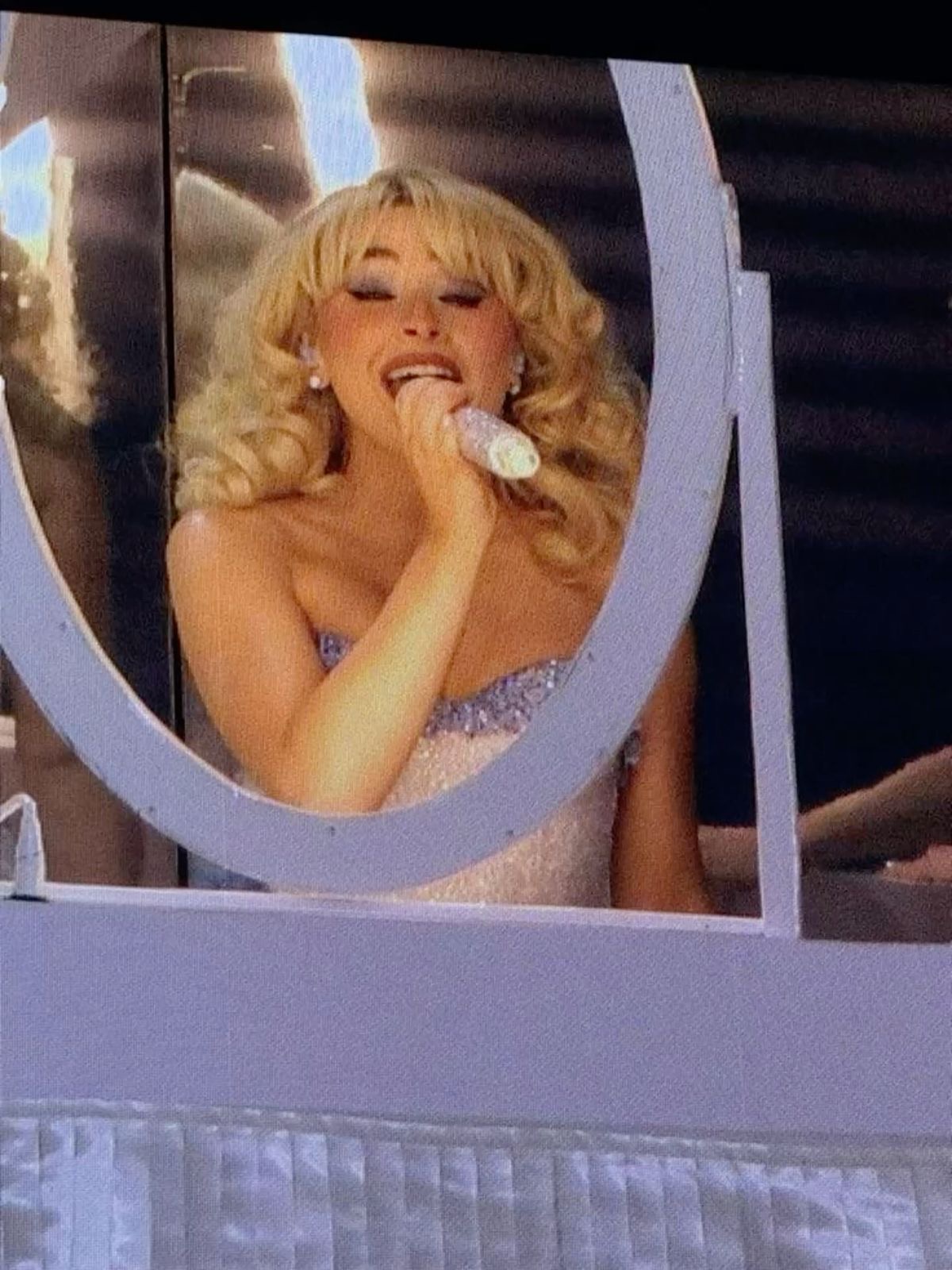
outer core
semi molten metal layer

mantle
semi molten layer less dense

crust
made up of oceanic (denser) and continental

tectonic theory
the movements of the plates as the result of convection currents in the mantle

current theory
slab pull theory, the movement is the result of the weight of the denser oceanic plate subducting and dragging the rest of the plate along

volcanos occur at
constructive and destructive plate boundaries

earthquakes occur at
all plate boundries

constructive plate boundry
the plates are moving apart
both earthquakes and volcanos occur

destructive plate boundary
plates are moving together
the oceanic plate subducts under the continental
both volcanos and earthquakes occur
the friction causes heat, melting oceanic plate
magma rises to the surface

conservative boundary
the plates move past each other in opposite directions or different speeds
only earthquakes
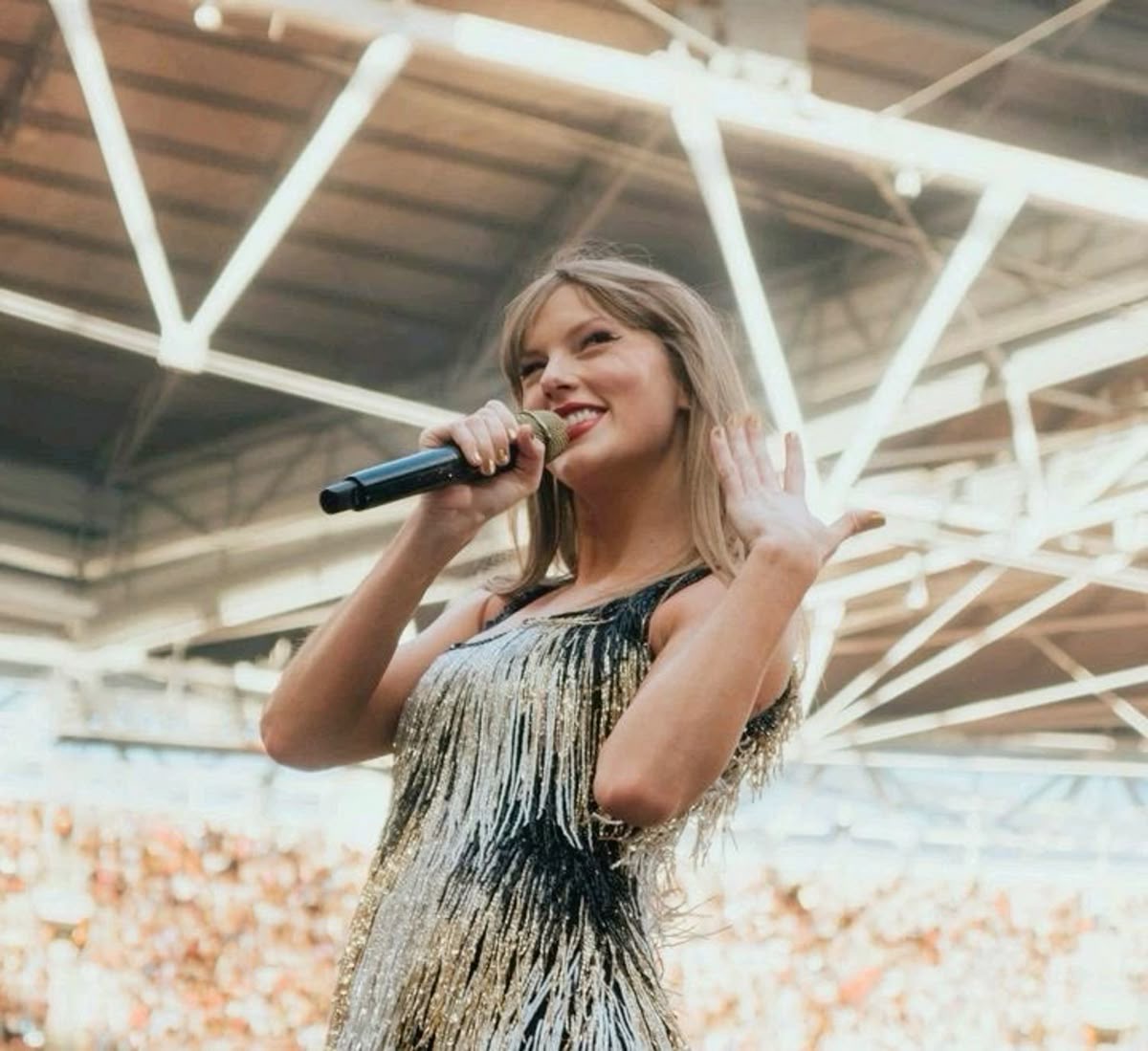
volcano primary hazards
ash
lava flow
gas emissions
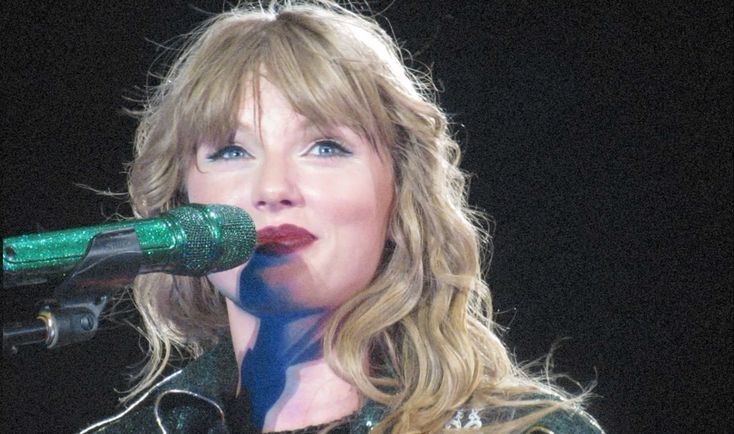
volcano secondary hazards
landslides
floods
fires

earthquake primary hazards
gas emissios
ground shaking

earthquake secondary hazards
buildings collapse
landslides
gas leaks
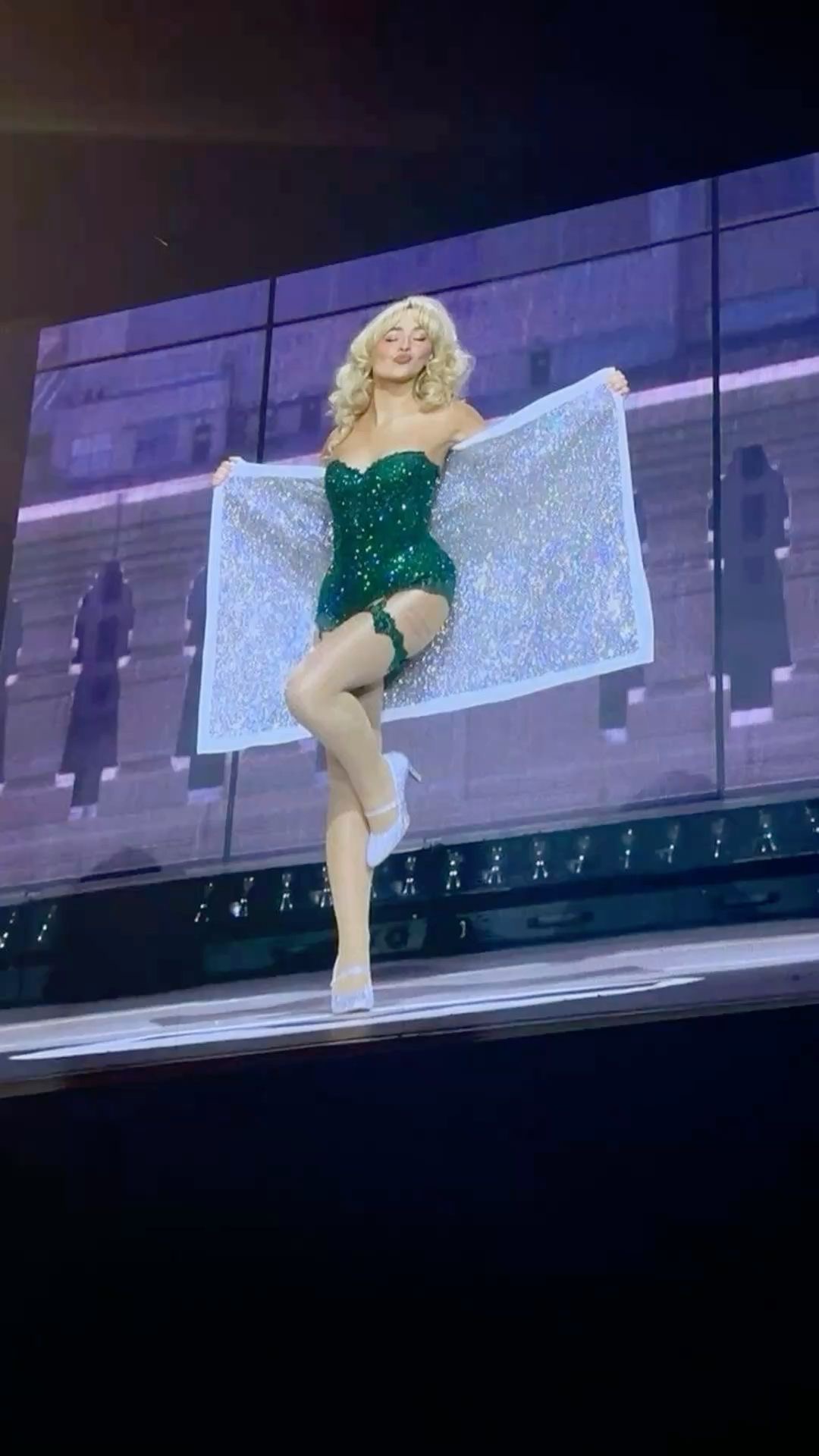
immediate responses
rescue teams
food and water provided
evacuation
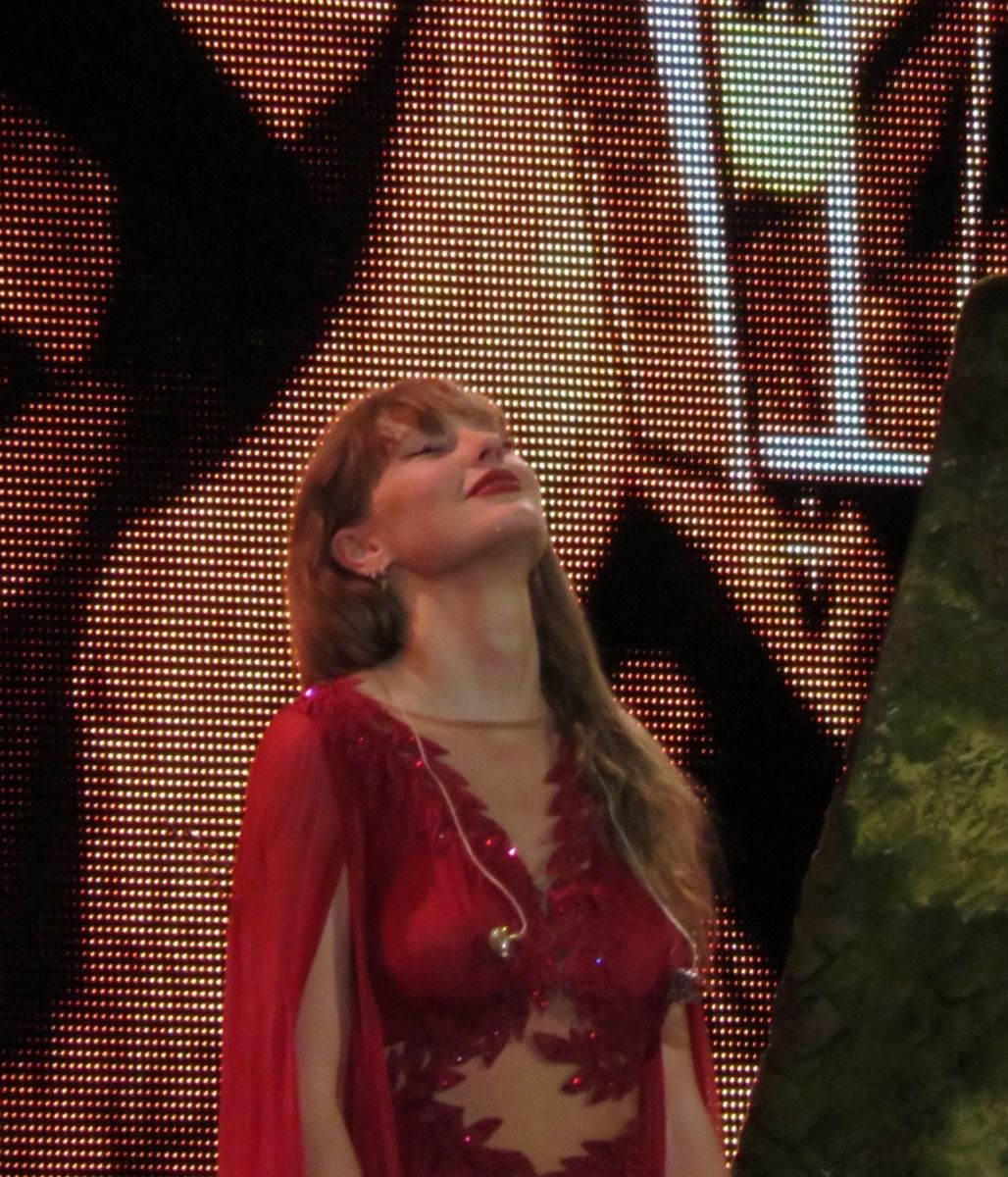
long term responses
rebuild homes
repair water and gas and electricity supplies
transport routes rebuilt

fertile soils
areas at risk
ash and cooled lava contain minerals leading to high yields of crops

tourism
areas at risk
people want to visit, increasing jobs

geothermal energy
areas at risk
magma is closer to surface, heat generates this

monitoring volcanos and earthquakes
seismometers
gas sensors

seisometer
record earth movements and detect tremor

planning volcanos and earthquakes
hazard mapping and risk assessment
evacuation plans
education
